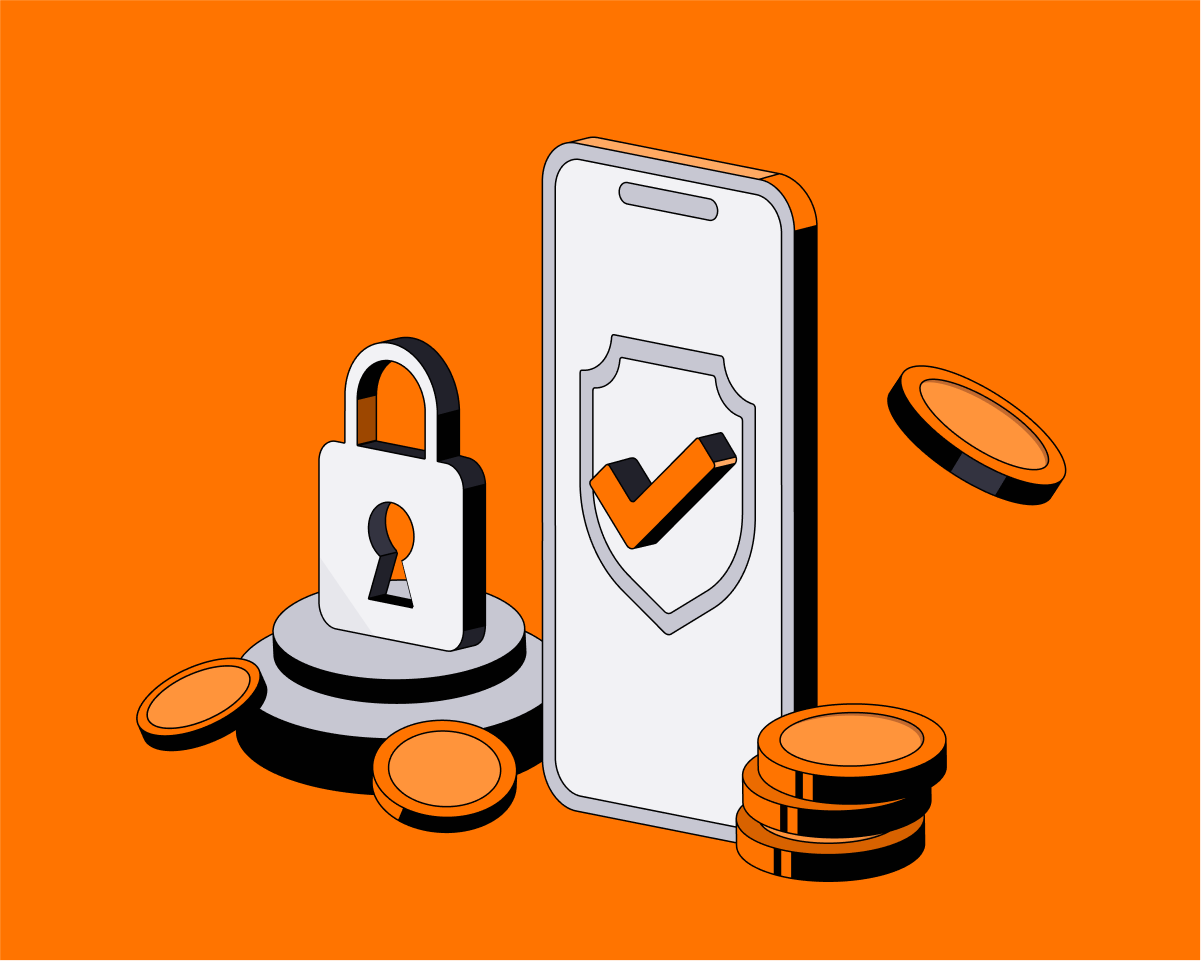The Art of Intellectual Property: Intellectual Property Description Explained
introduce
In the rapidly evolving world of decentralized finance (DeFi), transparency and security are key factors in building trust and fostering adoption. A breakthrough concept to address these issues is Proof of Reserve (PoR). In this blog post , we will delve into the intricacies of proof-of-reserve and discuss how to enhance the trustworthiness of DeFi platforms.
1. Understanding the proof of reserves
Proof of Reserves is a cryptographic technology designed to verify the solvency and reserve holdings of financial institutions operating in decentralized ecosystems. It provides users with the ability to ensure that service establishments have sufficient assets to store their storage. This concept has gained widespread attention due to its potential to reduce counterparty risk and prevent fraud.
2. How does the proof of title work?
To achieve Proof of Reserves, DeFi platforms employ encryption protocols that allow users to independently verify services and increase reserve holdings without revealing sensitive information. The process usually involves the following steps :
User Verification: Users generate cryptographic proofs, usually in the form of cryptographic commitments, representing assets held by the service.
Reserve Verification: The service initially provides cryptographic proof of its reserve that it has sufficient assets to meet its obligations. This proof is usually achieved by zero-knowledge proof or similar cryptographic methods.
Compare and Verify: Users can compare their cryptographic proofs to the service's successful reserve proofs to ensure their assets have acquired and successfully retained sufficient reserves. Proof-of-Reserves establishes a new level of transparency and security in DeFi by enabling users to independently verify services for maximum reserve holdings.
Benefits of Proof of Reserves
Proof of Reserves brings several notable advantages to the DeFi ecosystem:
Enhancing Trust and Transparency: Proof of Reserves promotes a higher level of trust and transparency in the DeFi industry by providing users with a mechanism to independently verify reserve holdings. Users can trust that their assets are being managed with stewardship, while the service is minimally involved in partnership activities.
Risk Mitigation: Counterparty risk is an issue in DeFi. Proof-of-Reserve helps reduce these financial risks by allowing users to assess service failures before making a transaction. This reduces the chance of losing money through bankruptcy or mismanagement.
Prevent Fractional Provisioning: The practice of fractional provisioning (in which a service only needs to acquire a fraction of the required provisioning) can pose serious risks to users. Proof of Withdrawal prevents such actions by securing the required withdrawals for service projects to fully perform their duties.
Four. implementation challenges
Despite the stake and great promise, its implementation faces some challenges:
Scalability: As the DeFi industry continues to expand rapidly, scalability has become a key issue. Implementing proof-of-reserve on a mass platform while maintaining efficiency can be a daunting task.
Privacy Concerns: Balancing transparency with user privacy is a delicate challenge. Extracting evidence must strike the right balance to ensure that users of sensitive information retain confidentiality while still providing meaningful verification.
Standardization: Wide adoption of standardized protocols and frameworks lacking in reserve implementation poses challenges. Establishing industry-wide standards will facilitate interoperability and simplify implementation.
5. Future Impact
As the DeFi landscape evolves, Proof of Reserves is poised to play a significant role in shaping the future of financial transparency and security. Its potential extends beyond traditional financial institutions to include a wide range of DeFi services, such as decentralized exchanges, lending platforms, and stablecoin issuers.
The application of Proof of Reserves could also extend to other domains, promoting transparency in sectors such as supply chain management and public auditing. The possibilities are vast, and the continued development of this concept holds the key to unlocking a more trustworthy and secure decentralized ecosystem.
Conclusion
Proof of Reserve is a beacon of transparency and security in the DeFi space. By enabling users to independently verify that services increase reserve holdings, it addresses key issues around trust, solvency, and fraud. Although there are challenges in its implementation, it brings benefits to the DeFi ecosystem that cannot be ignored. As the industry grows, the widespread adoption of Proof of Reserves has the potential to revolutionize decentralized finance, making it a safer and more trustworthy environment for all involved.


